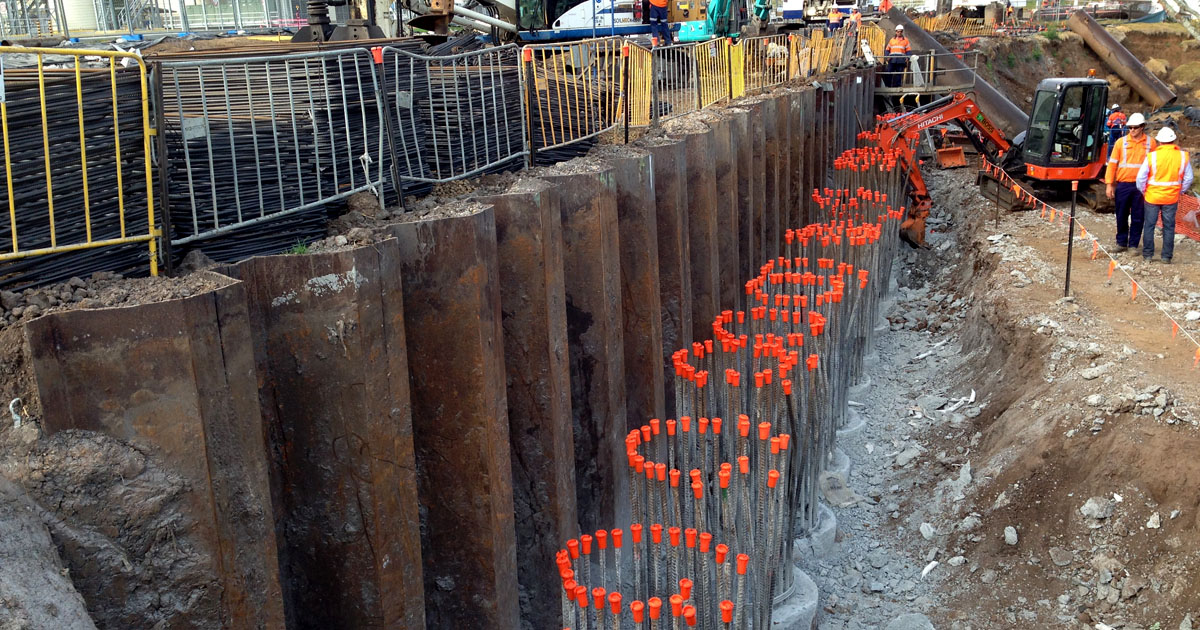
A debonding pile is also called a fuse pile or a sacrificial pile and it is crucial for the safety as well as the structural integrity of large diameter bored piles in deep foundations especially in offshore structures like wind turbines, oil and gas platforms, bridges.
Learning ore on debonding piles
Purpose and functionality
Debonding piles are placed adjacent to primary foundation piles and attached via a special connection system. It is an important function of any such debonding pile to absorb extra lateral loads from environmental conditions such as high winds, ocean waves, earthquakes or accidental ship collisions. It helps to protect the main foundation fuses from getting damaged so that they do not affect the stability of the whole structure.
Debonding mechanisms
There are several debonding mechanisms used in designing debonding piles. One typical approach involves weak links or fuse elements in the connection system. The failure-prone link is created so that at some load magnitude it either breaks yield leading to detachment of these pilings from structure thereby causing wasted energy dissipation. Other ways involved include sliding or friction based connection which allows relative movements amid masses during those transverse load absorption moments.
Soil-pile interaction
The efficiency of a debonding pile is highly influenced by its interaction with surrounding soils. Load transfer mechanism and overall behavior of this system are among major functions served by pile-soil interaction in a debonding system. A characteristic way that pile responds to lateral loads depends greatly on its strength, stiffness, and type of soil. For example, pile-soil interaction in sandy soils is predominantly controlled by friction while clayey soils depend on cohesiveness and adhesively by which they are characterized.

Monitoring and maintenance
Proper monitoring and maintenance should be regularly carried out for durability performance reliability of debonding piles over their long term service life cycle. Occasional maintenance activities such as corrosion protection become relevant and materials used in their construction may be repaired to extend longevity of these laterally fixed elements.
Research and advancements
Their designs, materials, and performances are being researched with a view to seeking appropriate alternatives. One among them is the study of fiberglass-reinforced plastic or innovative alloys like shape memory alloys with outstanding energy dissipation properties. Soil-pile-structure interactions complexities understanding better for debonding systems design optimizations through enhanced numerical modeling/simulation approaches.
Summing up
Debonding piles keep offshore structures’ deep foundations static. Consequently, they absorb all these lateral loads during excessive shears acting as sacrificial members therefore no destruction on the main foundation piles leading to stability of the whole structure.






